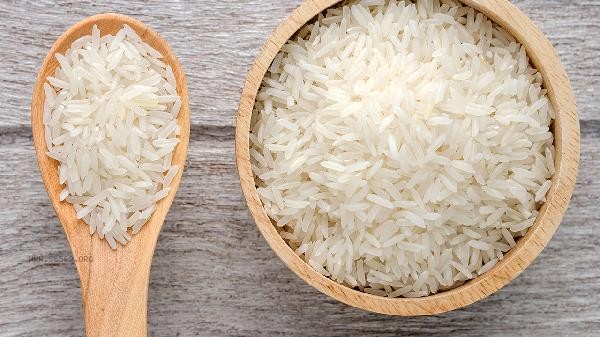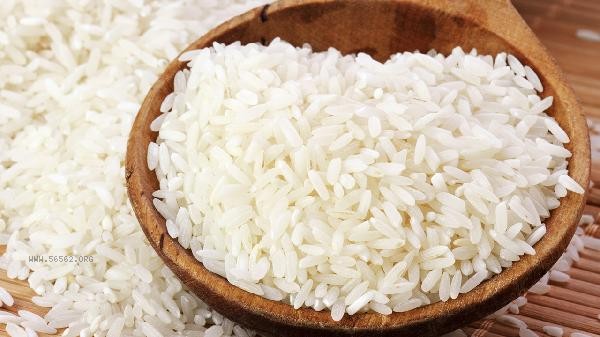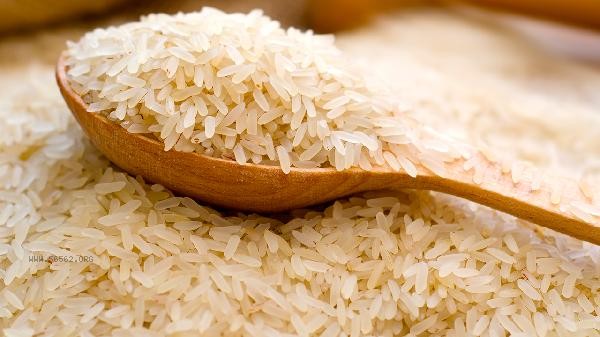Unpleasant rice can be processed by adjusting cooking methods, changing the way it is consumed, or reusing it. There are mainly methods such as soaking to remove odors, pairing seasoning ingredients, making rice based food, fermenting and reusing, and processing into cleaning products.

1. Soak to remove odors
Wash the rice repeatedly with water 3-4 times, then add an appropriate amount of white vinegar or lemon juice and soak for 20 minutes. Acidic substances can neutralize aldehyde odor substances produced by aged rice, and controlling the water temperature at around 40 degrees can accelerate the volatilization of odor. After soaking, drain the water and steam with water in the normal ratio to significantly improve the taste. This method is applicable to rice that has a moldy or halal taste due to improper storage.
2. Pairing with seasoning ingredients
Adding ginger slices, star anise, fragrant leaves and other spices when cooking can mask the unpleasant flavor. Use broth instead of water to cook rice, or stew with fresh ingredients such as sausages and mushrooms. When Fried Rice, first use onion and ginger to fry the pan, add eggs and vegetables to stir fry quickly, and produce aroma substances through Maillard reaction. Suitable for processing indica rice or aged rice with rough texture due to variety characteristics.
3. Making metric food
Grind rice to make fermented food such as rice cake, Steamed Chinese sponge cake, etc. During fermentation, odor components can be decomposed. It can also be boiled into rice paste and added with pumpkin, sweet potatoes, etc. to improve flavor, or fried into snacks such as crispy rice balls and rice candy. This type of deep processing can change the starch structure, transform the original bad taste, and is particularly suitable for handling broken rice or inventory rice with decreased quality.

4. Fermentation and Reuse
Adding koji to ferment and brew rice wine, the saccharification process can convert odorous substances into wine aroma. Alternatively, it can be mixed with brown sugar and water in proportion to produce rice vinegar. Acetic acid bacteria fermentation can completely change the characteristics of the raw materials. Fermentation products can also be used as cooking seasonings to achieve resource recycling. This method requires professional containers and a temperature controlled environment, suitable for batch processing of spoiled rice.
5. Processing into cleaning products
Mix rice with white vinegar to make a natural cleaning agent, and starch particles have a physical cleaning effect. After drying, put it into a gauze bag as a dehumidification bag, or mix it with essential oil to make an aromatherapy bag. Completely spoiled rice can be used as compost material, and it needs to be mixed with withered leaves to adjust the carbon nitrogen ratio. This is the final disposal plan for inedible rice to avoid direct disposal and waste.

It is recommended to store rice in a sealed container in a cool and dry place for daily use. Natural insect repellents such as Sichuan pepper and cinnamon can be added. Choose seasonal new rice when purchasing, vacuum small packaging is more conducive to preservation. For rice with a slight odor, it is recommended to adjust the cooking method and make full use of it; Rice that has become moldy and clumped should be stopped from consumption as it may contain aflatoxins. Suitable methods can be selected in stages according to the degree of rice spoilage during processing, which not only avoids waste but also ensures food safety.








Comments (0)
Leave a Comment
No comments yet
Be the first to share your thoughts!